How to Clean Marble Floors: Essential Tips for a Gleaming Finish
Marble floors add timeless elegance and luxury to any space. From upscale bathrooms to high-end kitchens, their glossy finish and natural veining make them a designer favorite. But maintaining that shine takes care and the right techniques. Marble may be durable, but it’s surprisingly sensitive to acidic cleaners, abrasive tools, and everyday grime.
Whether you’re dealing with dullness, stains, or just everyday dust, this guide walks you through how to clean marble floors properly. We’ll cover everything from daily maintenance to deep cleaning, plus smart solutions using modern vacuum tech to help you preserve your floors for years to come.
Types of Marble Surfaces: Why They Need Special Care
Marble is metamorphic limestone, composed primarily of calcium carbonate. This gives it two vulnerable characteristics:
Porosity: It absorbs liquids quickly.
Acid sensitivity: Even weak acids like lemon juice or vinegar cause permanent etching.
Marble Finish Types & Their Needs
Marble comes in several finishes, and each one needs slightly different care:
Finish Type
Appearance
Vulnerability
Ideal Locations
Polished
Glossy, mirror-like shine
Shows scratches and etches easily from acidic spills
Formal living areas, lobbies, and hallways
Honed
Soft matte finish
Hides scratches better but shows stains more easily
Kitchens and bathrooms
Tumbled
Textured, aged look
Most stain-resistant
Shower floors, outdoor patios, pool decks
Understanding the finish and location of your marble helps you choose the safest and most effective cleaning approach.
Pro-tip Always test cleaning products on a small, hidden area first to avoid damage.
How to Clean Marble Floors
Routine maintenance is the best way to preserve the beauty of your marble floors. Let’s break it down into a few smart categories.
Daily Maintenance
Dust and debris can cause tiny scratches. Sweep or vacuum daily with a soft-bristle brush or a robot vacuum (like the Dreame X50 Ultra) in hard-floor mode to pick up dirt without damage.
Wipe spills immediately, especially acidic liquids like wine, coffee, or citrus juices. For kitchens and bathrooms, a wet and dry vacuum is a safe and effective way to handle spills and splashes. Read this wet and dry vacuum buying guide on how to choose the best one.
Weekly Cleaning
Pre-treat stains (see stain removal section below).
Use a pH-neutral cleaner or mild dish soap mixed with warm water.
For effortless debris pickup, pair mopping with the Dreame H12 Dual Wet-Dry Vacuum. Its soft roller won’t scratch marble, and the self-cleaning brushroll prevents tangled hair.
For a streak-free shine, dry with a microfiber cloth.
Monthly Treatment
Grout cleaning using a baking soda paste and a soft brush.
Inspect the furniture pads and replace any worn felt protectors.
Check the sealant by sprinkling water on it; if the stone darkens, then reseal it.
Dreame Take The Dreame X50 Ultra Robot Vacuum is a great pick for daily marble floor cleaning. With its intelligent surface detection and mop-only mode, it gently lifts dust without streaking.
How to Clean Marble Floors Naturally
Prefer a chemical-free approach? Here’s how to naturally clean marble floors without harsh ingredients:
Mix a few drops of mild dish soap with warm water.
Use baking soda paste for stains.
Use a soft microfiber mop dampened (not soaked!) in the solution.
Rinse with clean water and dry with a towel to avoid water spots.
Important Avoid vinegar, lemon, ammonia, or any acidic cleaners, because they can etch and dull marble surfaces.
How to Clean Grout in Marble Floors
Grout can trap grime and mildew and affect the overall look of your floor. Here’s how to refresh it:
Use a soft toothbrush or grout brush.
Apply a paste of baking soda and water, let it sit for 5–10 minutes, and gently scrub.
Rinse with a damp mop and dry the area thoroughly.
For larger areas, the Dreame H12 Dual Wet and Dry Vacuum has edge-cleaning capabilities perfect for targeting grout lines and corners. It saves time and reduces the need for harsh scrubbing.
How to Remove Stains from Marble Floors
Stains can set quickly on marble, especially in bathrooms or kitchens. Here’s how to treat them:
Type of Stain
Solution
Water stains
Buff gently with a dry microfiber cloth. Use a pH-neutral marble cleaner if needed.
Pet stains (like urine)
Clean immediately. Use a damp cloth with mild soap. Avoid ammonia-based products.
Oil-based stains
Sprinkle cornstarch or baking soda, let it sit overnight, and vacuum.
Organic stains (like coffee or wine)
Use a poultice paste (baking soda + water) and cover with plastic wrap. Leave for 24 hours.
Pro-tip Always do a spot test before applying any solution over a large area.
How to Clean a Marble Shower Floor
Marble shower floors are exposed to constant moisture, so they need extra care. Here’s how to best clean them:
Use a non-slip brush or mop with a pH-neutral cleaner.
Rinse thoroughly and dry the area to prevent soap scum or mildew.
Keep good airflow in the bathroom with fans or dehumidifiers.
What’s the Best Cleaner for Marble Floors?
The best marble floor cleaners are pH-neutral, non-abrasive, and made specifically for natural stone.
Look for labels that mention:
“Safe for marble”
“pH-neutral”
“No acids or ammonia”
You can also use robot mops like the Dreame X50 Ultra, which supports water-only mopping or gentle cleaning solution use. It keeps your floors sparkling without leaving streaks or residues. Check out this “Vacuum Cleaning Solution” article on how to choose the right solution for your floor.
Another great option is Dreame’s L10s Ultra Robot Vacuum, which allows auto-mopping with precision control to avoid over-wetting.
For households with kids or pets, choosing natural or eco-friendly options can be a safer and healthier choice.
How to Deep Clean Marble Floors
Even with regular maintenance, marble needs deep cleaning every few weeks or after high traffic.
Step-by-Step Deep Cleaning:
Vacuum thoroughly using a soft roller head or robot vacuum.
Damp mop with a diluted pH-neutral marble cleaner.
For stubborn grime, use the Dreame H12 Dual Wet and Dry Vacuum. Its intelligent water control adjusts to marble surfaces without oversaturation.
Dry thoroughly. Use a wet and dry vacuum or set up airflow with a fan to prevent water marks.
Important In kitchens and bathrooms, always keep marble dry to avoid mildew or water stains. Use mats or rugs near sinks and showers.
Marble Floor Cleaning Tips
Keep your floors gleaming with these smart habits:
Use entry mats to reduce tracked-in dirt.
Avoid dragging furniture. Use felt pads under furniture to prevent scratches.
Enable scheduling on your Dreame robot vacuum for daily dust control to prevent buildup.
Dry spills quickly, especially in kitchens or on marble shower floors.
Rotate rugs and mats to prevent uneven wear or discoloration.
Use slippers indoors to minimize grit from shoes.
Polish every few months using a marble-safe polish to restore shine.
Seal marble annually to protect against stains.
FAQs
How often should I clean marble floors?
Dry mop or vacuum weekly. Deep clean monthly or as needed.
Can I use vinegar to clean marble floors?
No. Vinegar is acidic and can damage marble. Always use pH-neutral cleaners.
What’s the best way to clean marble shower floors?
Use a non-slip brush and a marble-safe cleaner. Rinse well and dry to avoid soap scum.
Are steam mops safe for marble?
It’s best to avoid them. The high heat can damage the sealant and lead to dull spots.
What if my marble floor has etching?
Etching needs professional polishing. Avoid acidic products to prevent further damage.
How often should I seal marble floors?
Every 6–12 months, depending on traffic.
Are robot mops safe for marble?
Yes, if they use water-only or marble-safe solutions (like Dreame’s L10s Ultra).
Final Thoughts
Keeping marble floors clean doesn’t have to be complicated. With the right tools and routines, you can protect your investment and enjoy their stunning finish for years to come.
For daily dust, let the Dreame X50 Ultra Robot Vacuum handle the work. For deeper cleaning and grout care, the H12 Dual Wet and Dry Vacuum is your go-to. With Dreame, cleaning floors isn’t just made easier; it’s made smarter.
Need help? Explore Dreame’s marble-friendly cleaning tech for effortless maintenance.
Master the Art of Floor Care
How to clean hardwood floors
How to clean wood floors
How to Clean and Mop Tile Floors
How to Clean Laminate Floors
How to Clean Grout on Tile Floor
How to Clean Linoleum Floors
Choosing Floor Cleaning Solution

















































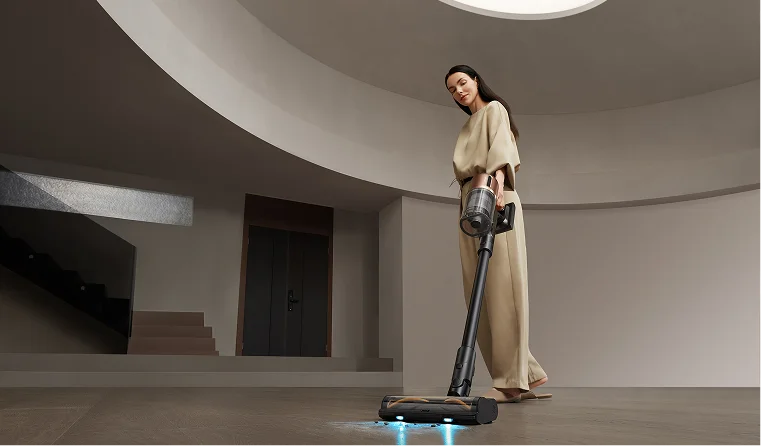





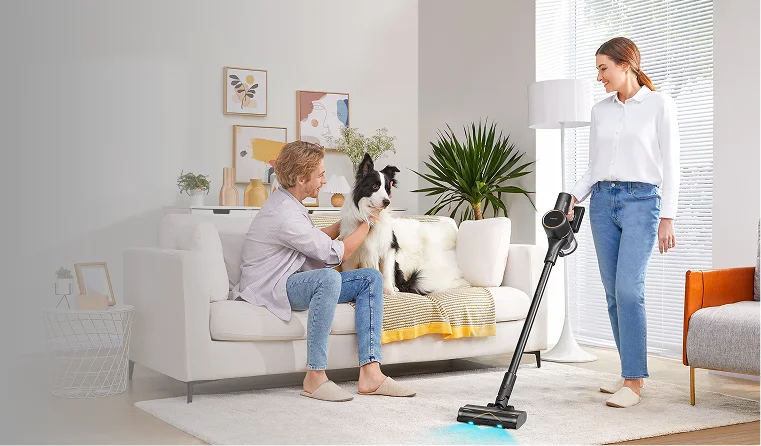

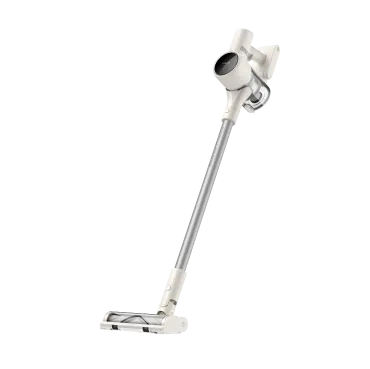
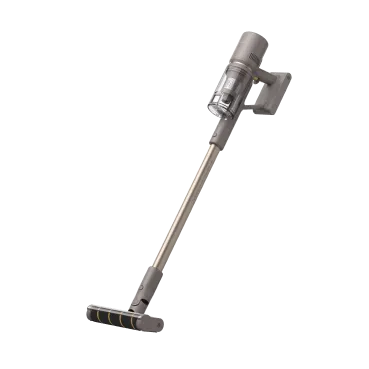
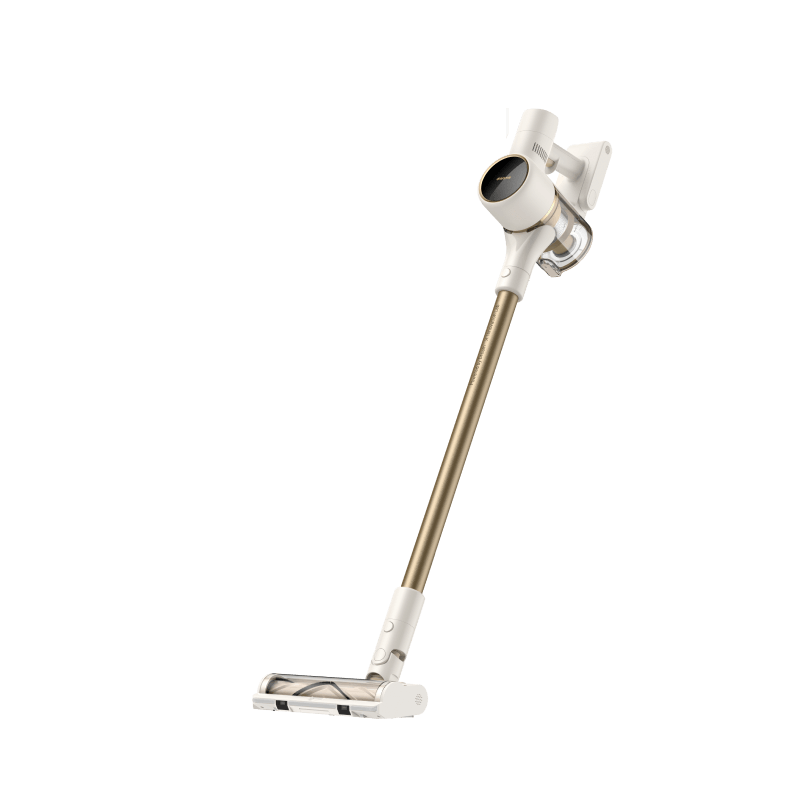



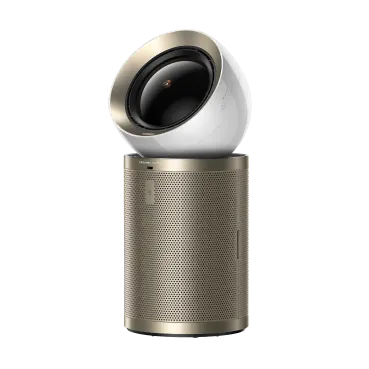
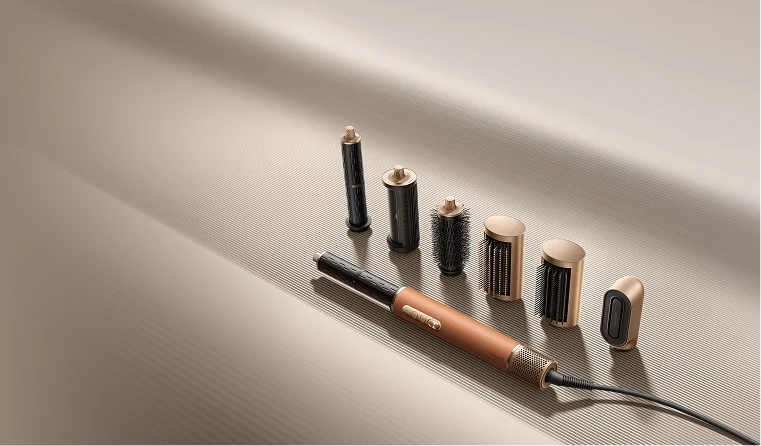
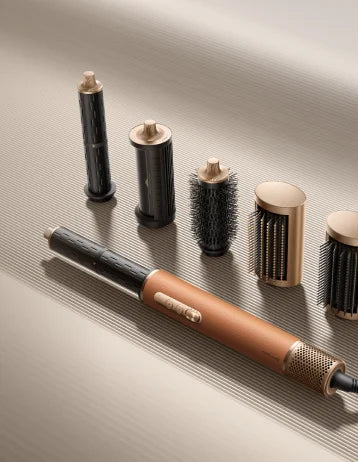



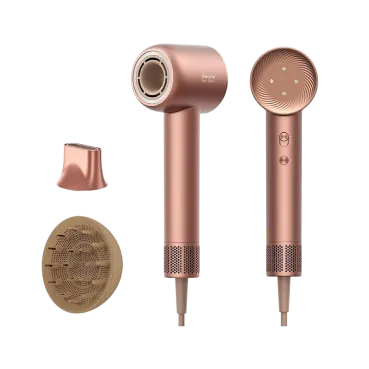



















 Australia
Australia 中国大陆
中国大陆 日本
日本


 Türkiye
Türkiye


 Italia
Italia
 Netherlands
Netherlands Belgium
Belgium
 Greece
Greece Polska
Polska
 Norway
Norway
 Sweden
Sweden
 Finland
Finland
 Denmark
Denmark
 Hungary
Hungary Czechia
Czechia
 Slovenia
Slovenia
 Croatia
Croatia
 Switzerland
Switzerland United Kingdom
United Kingdom
 Canada
Canada







